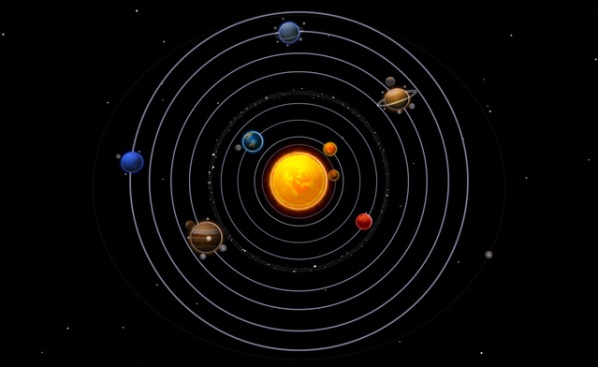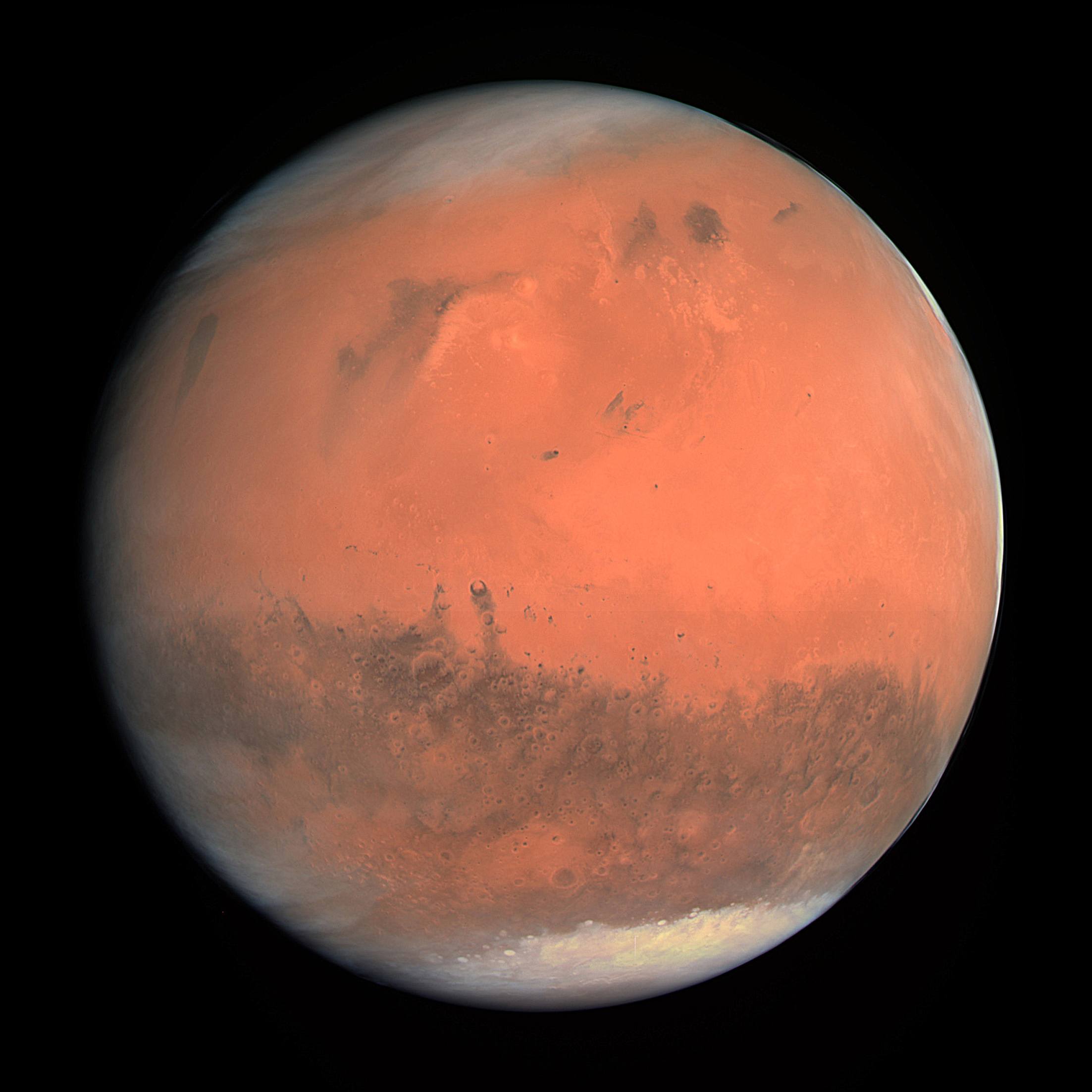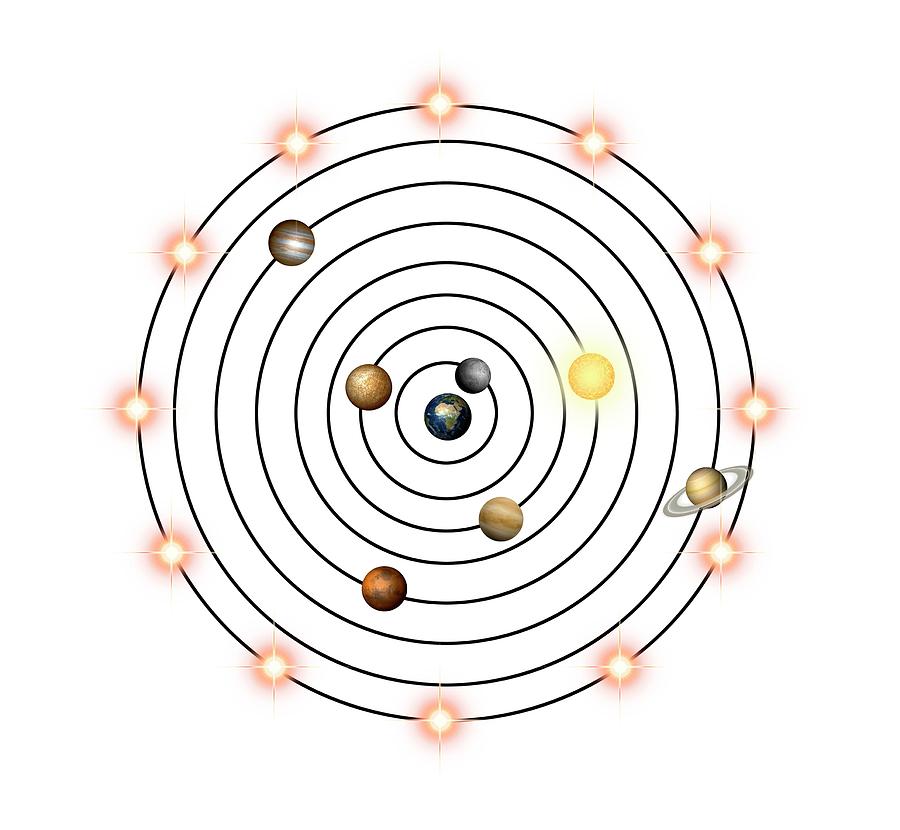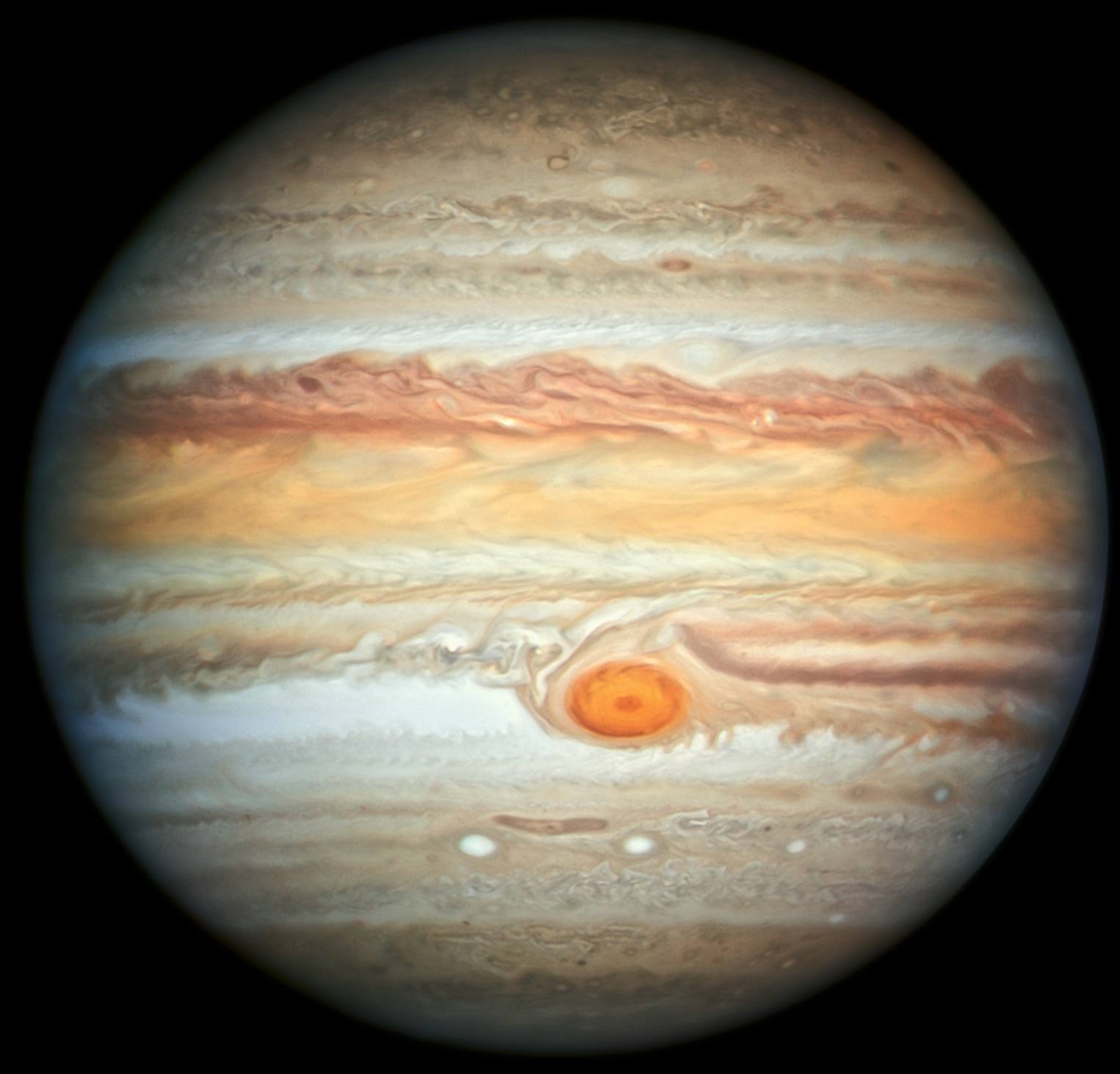
Earth Science Astronomy
Quiz
•
Science
•
9th - 12th Grade
•
Hard
+8
Standards-aligned

Charles Martinez
FREE Resource
30 questions
Show all answers
1.
MULTIPLE CHOICE QUESTION
15 mins • 1 pt
What does the Geocentric model look like?




Tags
NGSS.MS-ESS1-1
2.
MULTIPLE CHOICE QUESTION
15 mins • 1 pt
What does the Heliocentric model look like?




Tags
NGSS.MS-ESS1-1
NGSS.MS-ESS1-2
3.
MULTIPLE CHOICE QUESTION
15 mins • 1 pt
Kepler's first law states that the orbits of the planets are in the shape of a/an...
perfect circle
ellipse
spiral
corkscrew
4.
MULTIPLE CHOICE QUESTION
15 mins • 1 pt
What is the biggest difference between the Geocentric Model and the Heliocentric Model?
the shape of the planets' orbits
the movement of the moon
the center of the solar system
5.
MULTIPLE CHOICE QUESTION
15 mins • 1 pt
Most scientists believe the Big Bang Theory explains which of the following questions?
How our planets and moons formed
How our universe began
How the sun turns hydrogen into helium
How fast light travels through space
Tags
NGSS.HS-ESS1-2
6.
MULTIPLE CHOICE QUESTION
15 mins • 1 pt
The planets in our solar system orbit in an ellipse with the ______ at one of the two foci.
Center
Asteroid
Sun
Core
Tags
NGSS.MS-ESS1-1
7.
MULTIPLE CHOICE QUESTION
15 mins • 1 pt
Create a free account and access millions of resources
Similar Resources on Wayground

25 questions
Day and Night – Multiple-Choice Questions
Quiz
•
4th Grade - University

25 questions
Big Idea 5
Quiz
•
5th Grade - University

25 questions
Earth, Sun, and Moon
Quiz
•
5th Grade - University

28 questions
1.4 Keplers Laws and Cycles
Quiz
•
9th - 10th Grade

25 questions
Earth in Space
Quiz
•
8th Grade - University

25 questions
Science Form 3_Chap 9 Space Weather
Quiz
•
9th - 11th Grade

25 questions
Kepler
Quiz
•
9th Grade - University

25 questions
Tides & Eclipses Quiz
Quiz
•
8th Grade - University
Popular Resources on Wayground

10 questions
Video Games
Quiz
•
6th - 12th Grade

20 questions
Brand Labels
Quiz
•
5th - 12th Grade

15 questions
Core 4 of Customer Service - Student Edition
Quiz
•
6th - 8th Grade

15 questions
What is Bullying?- Bullying Lesson Series 6-12
Lesson
•
11th Grade

25 questions
Multiplication Facts
Quiz
•
5th Grade

15 questions
Subtracting Integers
Quiz
•
7th Grade

22 questions
Adding Integers
Quiz
•
6th Grade

10 questions
Exploring Digital Citizenship Essentials
Interactive video
•
6th - 10th Grade
Discover more resources for Science

10 questions
Exploring Newton's Laws of Motion
Interactive video
•
6th - 10th Grade

10 questions
Colonial Grievances Against the King Quiz
Quiz
•
10th Grade

10 questions
Exploring Chemical and Physical Changes
Interactive video
•
6th - 10th Grade

17 questions
Enzymes
Quiz
•
9th Grade

10 questions
Exploring the States of Matter
Interactive video
•
6th - 10th Grade

10 questions
Exploring the States of Matter and Thermal Energy
Interactive video
•
6th - 10th Grade

20 questions
DNA Structure and Replication
Quiz
•
9th Grade

24 questions
Epithelial Tissues
Quiz
•
12th Grade
